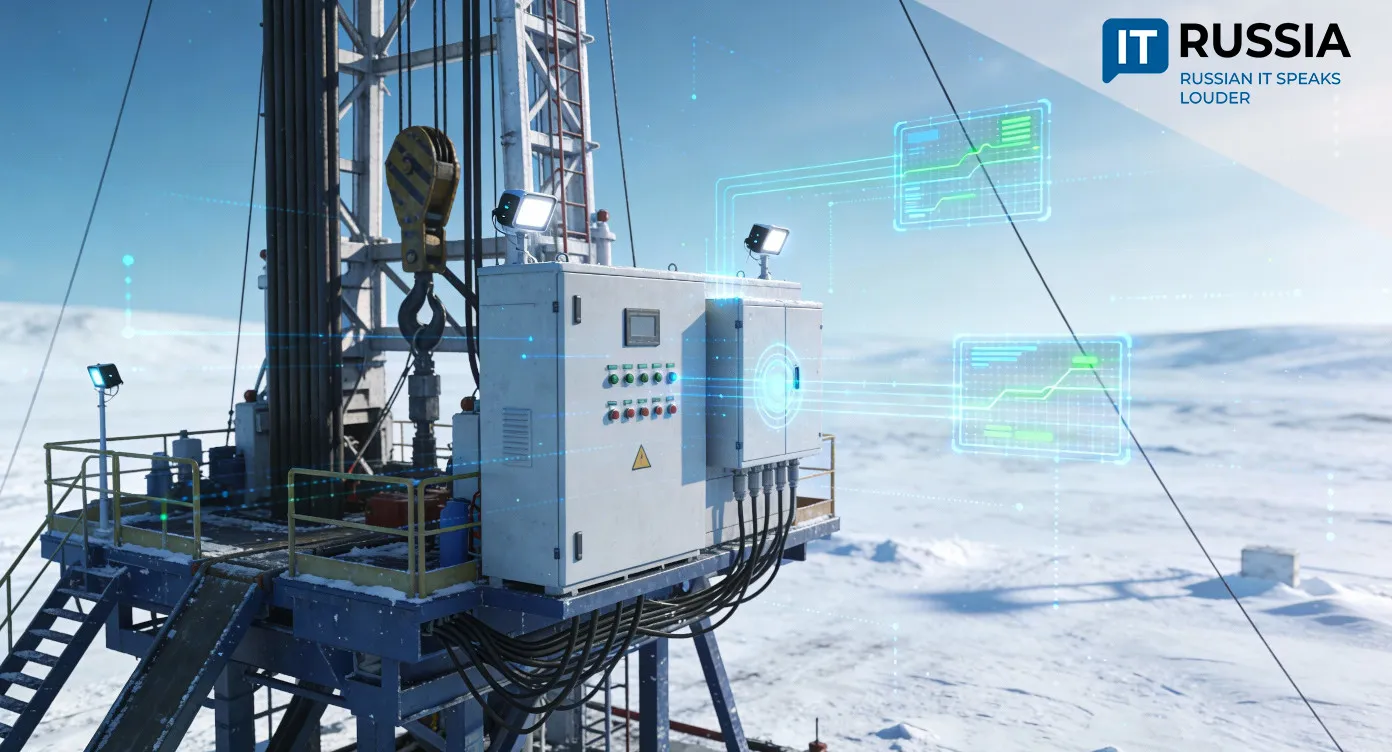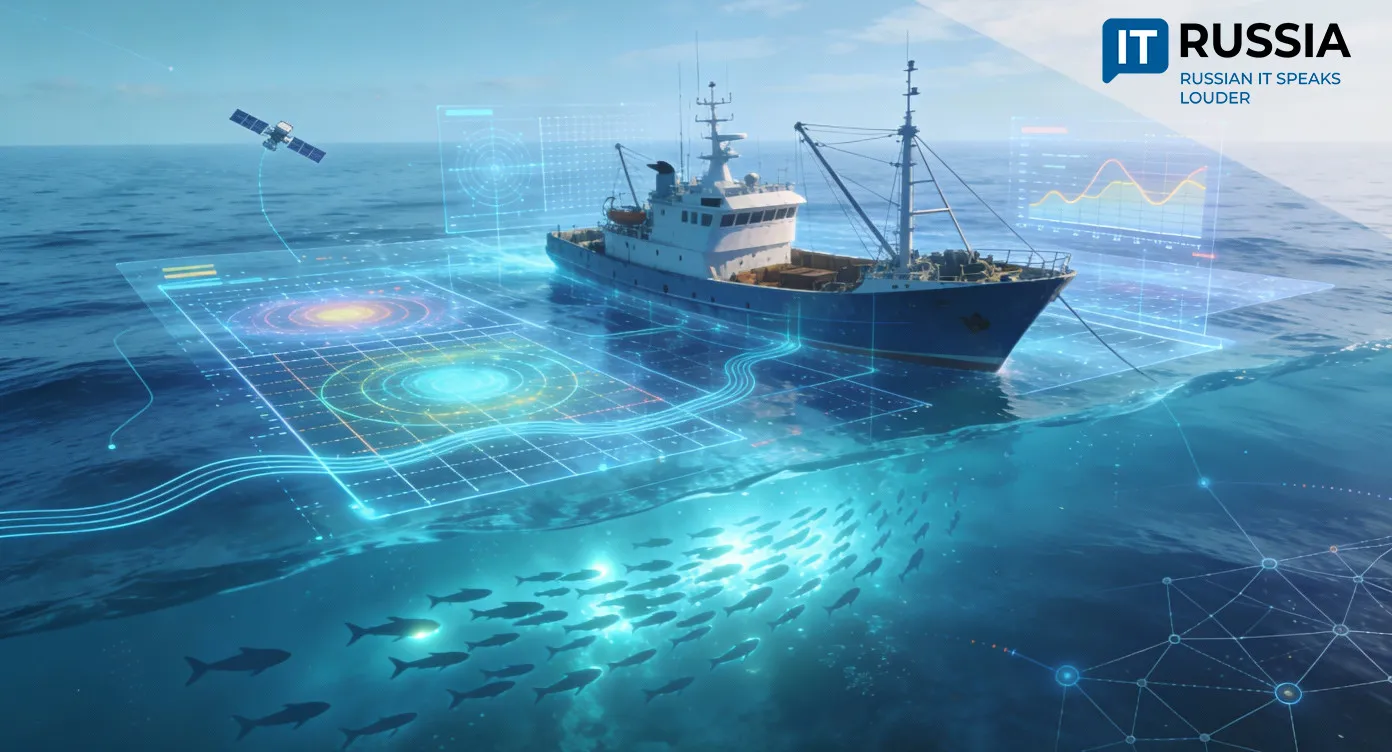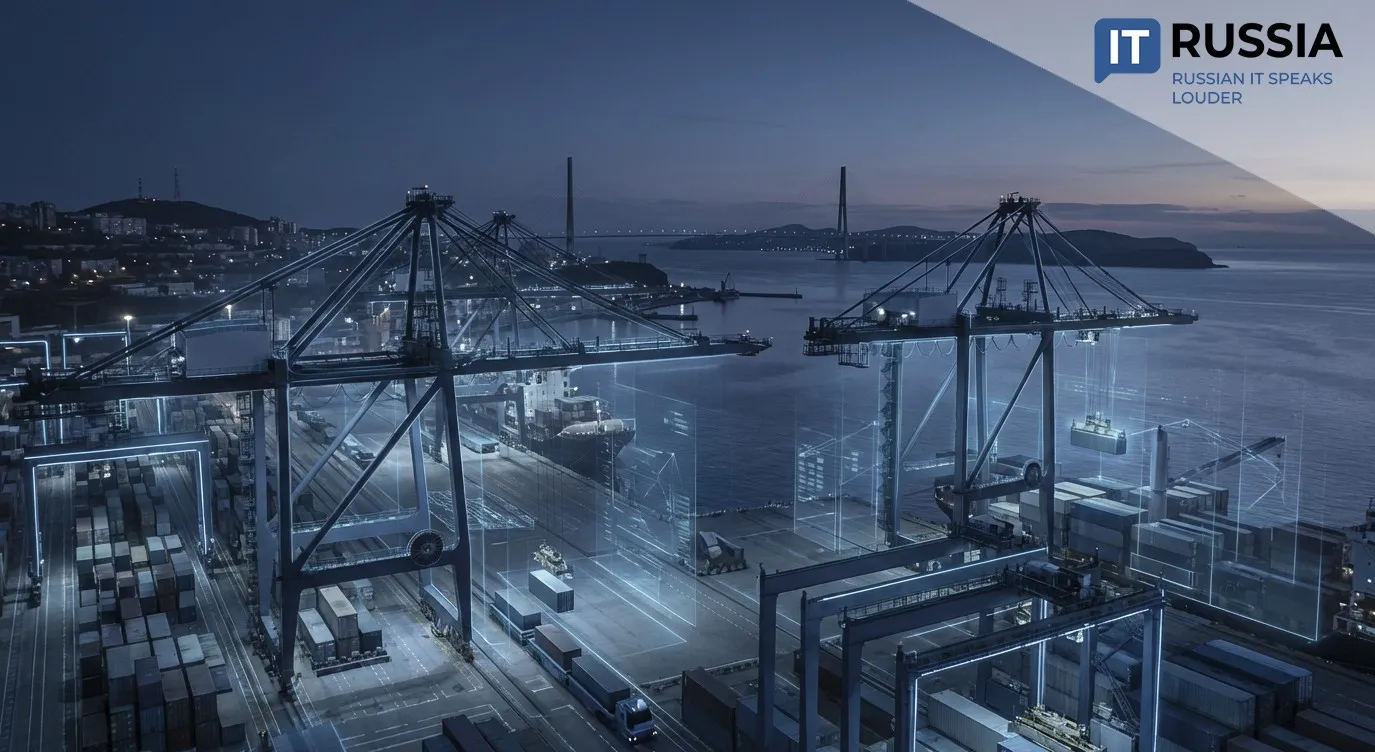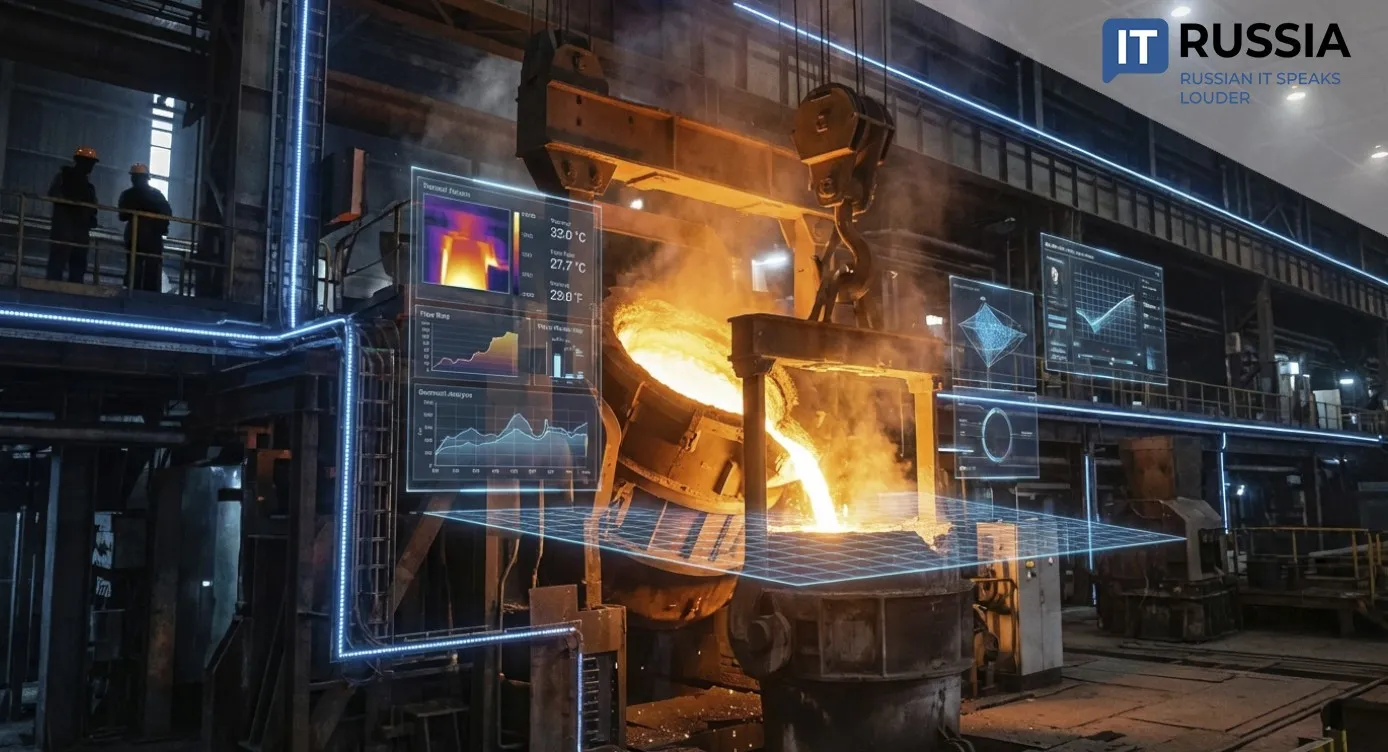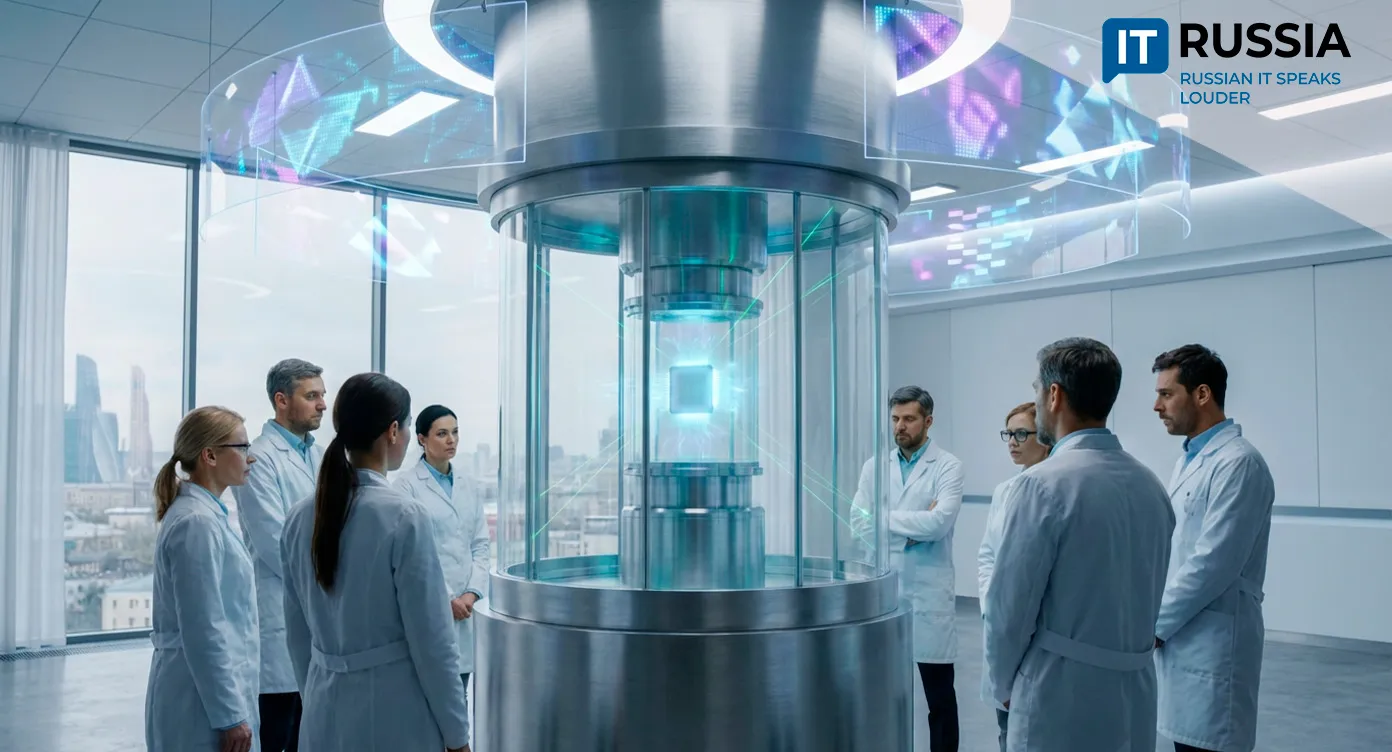Digital Retrofit of Soviet-Era Assets on the Northern Sea Route: Russia's Arctic Engineering Leap
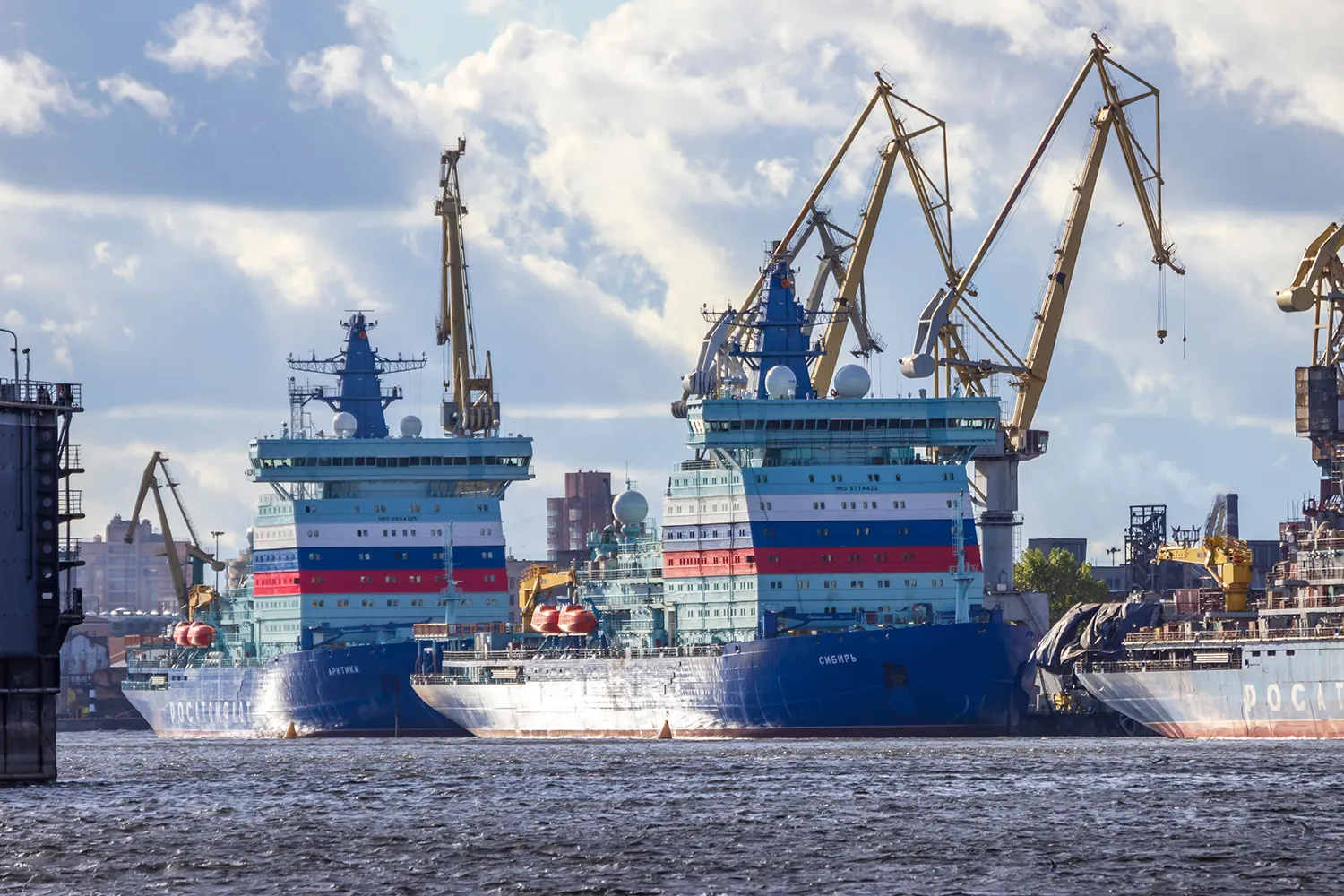
As digital transformation accelerates and Arctic trade routes gain strategic relevance, Russia is not just modernizing its domestic infrastructure but exporting industrial IT innovations capable of thriving in extreme environments.
Arctic IT Transformation: Upgrading Legacy with Intelligence
Digital retrofit is a strategy of upgrading aging industrial systems using modern IT tools without replacing the physical base. In Russia, this includes deploying SCADA systems, digital twins, IIoT solutions, and AI-powered optimization technologies.
The Northern Sea Route (NSR)—a vital Arctic corridor—is the focus of such modernization. Russian infrastructure along the NSR includes ports, ice-class vessels, ship repair yards, and energy facilities, many dating back to the Soviet era. These are now enhanced with domestic software that brings real-time monitoring, predictive analytics, and operational efficiency.
Smart Software at Shipyards and Repair Facilities
Russian firms have introduced comprehensive software platforms tailored to shipbuilding and repair management. Examples include Galaktika ERP, TRIM (Technical Management), and MART systems for estimating and managing repair contracts.
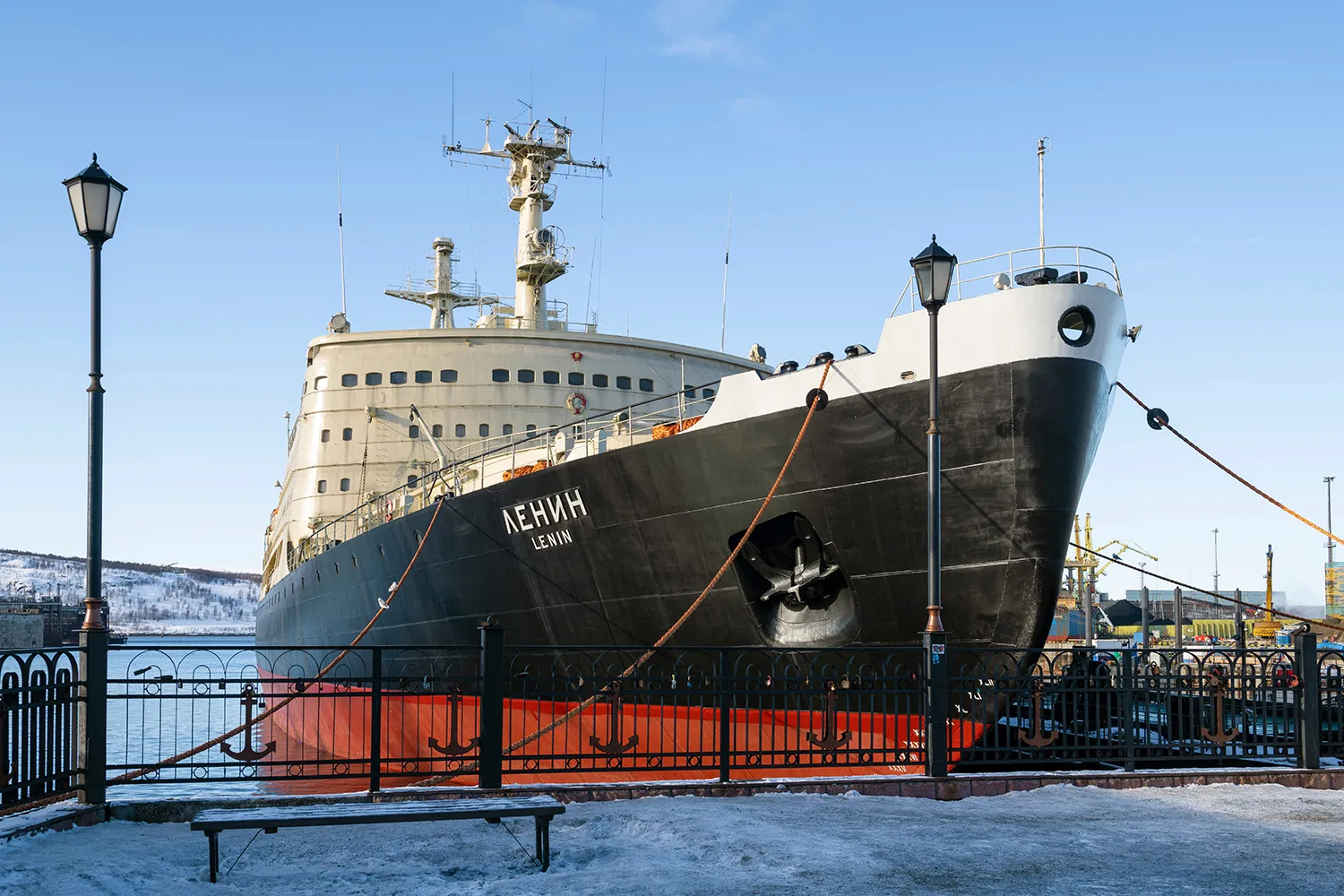
At the Murmansk-based North-Western Fishery Company, PiterSoft’s platform 'Process Management' helps track deadlines, repair types, spare parts logistics, and cost control.
Admiralty Shipyards, founded under Peter the Great, recently transitioned from outdated Microsoft SharePoint workflows to iSpace, a secure, no-code platform developed by Russia’s Conteq. It supports agile business app development and process customization without rewriting legacy systems.
Russia’s First 'Digital Shipyard' and Production Scaling
In early 2025, the Onega Shipbuilding and Ship Repair Plant in Karelia launched pilot operations at Russia’s first 'digital shipyard.' The core system, Global-Marine by Business Technologies, enables design planning, workflow control, and integration with machining and welding operations.
By digitizing engineering and production workflows, the plant aims to double its productivity. The shipyard serves as a model for nationwide modernization of the maritime engineering sector.
AI and Ice: Navigating the NSR with Smart Systems
The Arctic environment requires high-volume data processing. Russia uses satellite tracking, AI models, and digital twins to ensure navigational safety and environmental control.
SmartService|Lookout, developed by ServiceSoft, is deployed aboard Gazprom Fleet vessels. It uses machine learning to optimize routes based on ice cover, weather, and ship status. This shortens delivery times and enhances Arctic shipping reliability.

Integrated emergency response tools and real-time satellite imaging further reduce risks for vessels operating in the remote and harsh polar region.
Engineering Resilience as an Export Asset
Russia’s Arctic digitalization effort is not just inward-looking. Its industrial IT solutions—built for extreme climate performance—are positioned for export to countries navigating similar challenges.
With the Northern Sea Route emerging as an alternative to traditional shipping lanes, Russia is offering turnkey engineering platforms and software solutions to international partners seeking resilience, efficiency, and digital sovereignty in their critical infrastructure systems.




